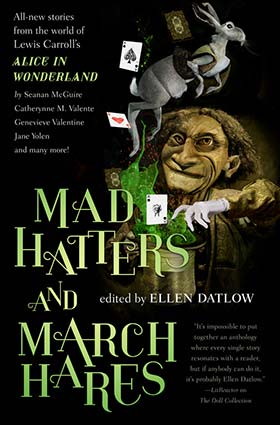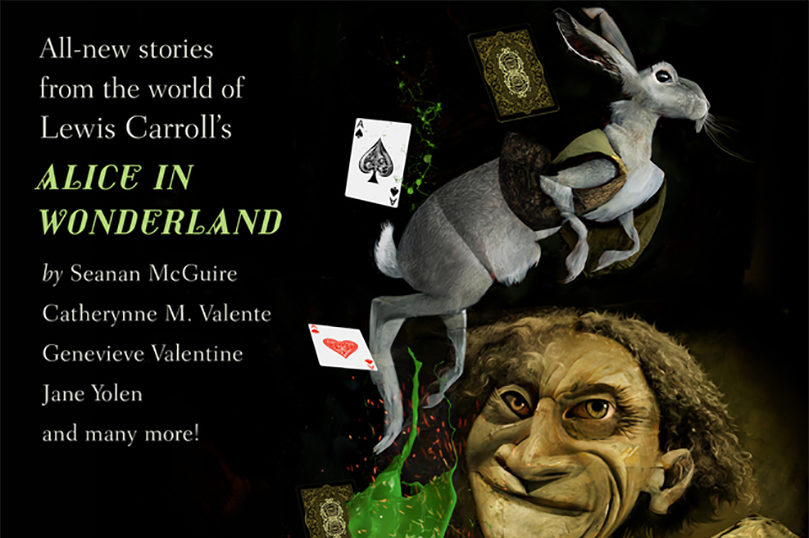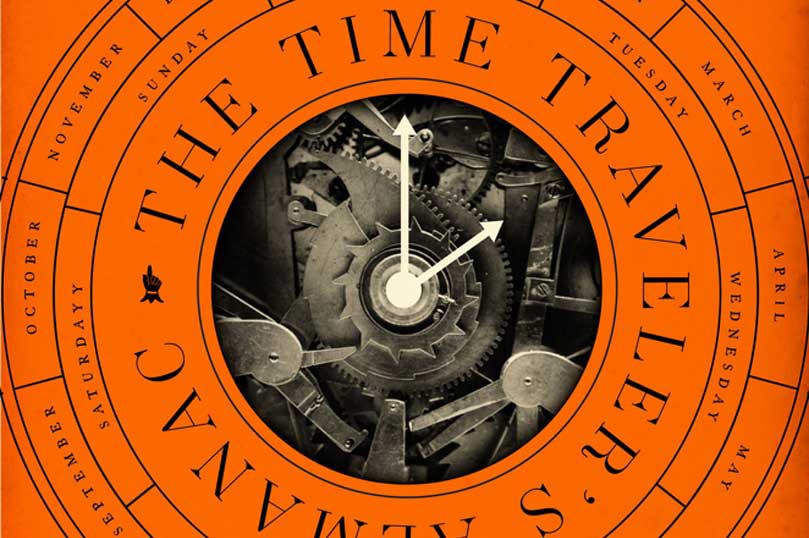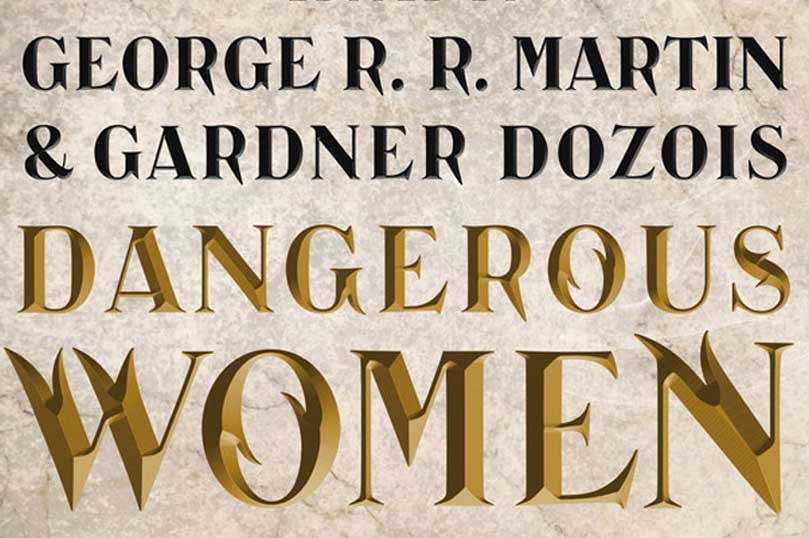opens in a new window Written by opens in a new windowEllen Datlow
Written by opens in a new windowEllen Datlow
There have been many books written about Alice’s Adventures in Wonderland and its companion volume Through the Looking Glass and What Alice Found by Lewis Carroll: exploring their meaning—psychological, political, mathematical—and about their author, Charles L. Dodgson (1832-1898), a mathematician, logician, Anglican deacon, and photographer—and his relationship with the model for his heroine, Alice Liddell.
I’ve loved Carroll’s two classics since I was young. I wouldn’t say I’m obsessed, but I’ve been a collector of illustrated versions for many years, especially appreciating the enchanting illustrations of books by fine artists such as Mervyn Peake, Arthur Rackham, Barry Moser, Ralph Steadman, Lisbeth Zwerger, Salvador Dali, Rodney Matthews, Anne Bachelier, Maggie Taylor, and so many others, some relatively unknown.
But I must admit that my vision of “Alice” herself has been subverted by the 1985 movie opens in a new windowDreamchild, in which the adult Alice Liddell, who is visiting New York, flashes back to her childhood, where we see the dark-haired little girl (seen in photographs), who inspired the tales and is very different from the long-haired blonde image created in John Tenniel’s ubiquitous illustrations. In that movie, which is very much about the relationship between Dodgson and Liddell and how his creation of her fictional counterpart might have influenced her life as an adult, there are darkly magical partially-animated interstitial sections with amazingly creepy Wonderland inhabitants imagined by Jim Hensen. In fact, it might be the creatures in Carroll’s works that are even more likeable than Alice herself that bring readers back over and over again to the land beyond the looking glass.
Everyone is familiar with the 1951 animated musical Walt Disney version of Alice in Wonderland, which took him about twenty years to get off the ground, and made an indelible mark on child’s psyches with its colorful renderings of the Cheshire Cat, the Mad Hatter, White Rabbit, March Hare, the Hookah-smoking caterpillar, and one of my personal favorites Dinah, the kitten.
In 1971, Czech filmmaker Jan Švankmajer made a short animated film based on the Jabberwocky, and in 1987 made the full length feature, the darkly surreal opens in a new windowAlice, which in its original language was called Something from Alice. Its tone was entirely different from the Disney.
In opens in a new window2010 and opens in a new window2016 Director Tim Burton interpreted the two volumes in his own inimitable way, and love them or hate them, they did create a whole new set of images that one can savor. opens in a new windowThen She Fell, a marvelous immersive performance piece created by the theater company Third Rail Projects continues to play in New York City since 2012 demonstrates how strongly Carroll’s work continues to be loved.
So with all this in mind, I was so very happy to be able to gather round other “Alice” lovers and put together an anthology dedicated to the girl whose adventures have inspired and continued to inspire us—and to her creator.
Order Your Copy
opens in a new window opens in a new window
opens in a new window opens in a new window
opens in a new window opens in a new window
opens in a new window opens in a new window
opens in a new window
Follow Ellen Datlow on opens in a new windowTwitter and on opens in a new windowher website.











